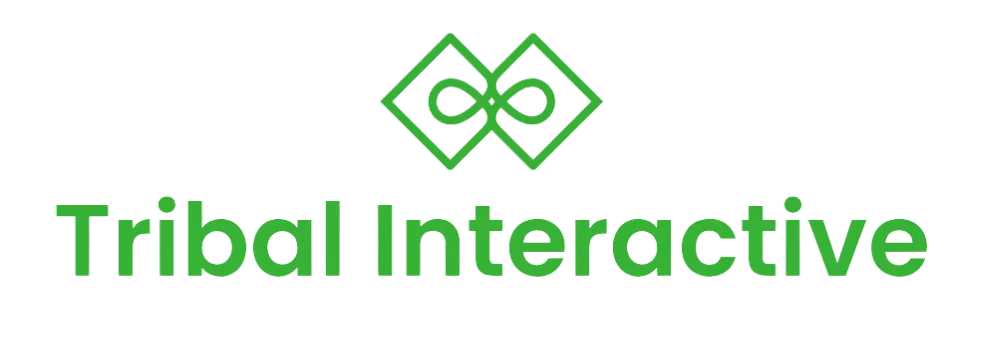SERVICES
Quit Trying to Save Time by Wasting Time
Feeling swamped by countless software options? We design and set up time-saving automation workflows to make sure your tech serves you, not the other way around!
Quit Trying to Save Time by Wasting Time
Feeling swamped by countless software options? We design and set up time-saving automation workflows to make sure your tech serves you, not the other way around!

"My team is spending time and my money on manual data entry, replying to emails one by one, and trying to make our current tech work together."

"My leads keep slipping through the cracks, I struggle to stay on top of invoicing, and chasing up with every client eats up way too much of my time. Our messy system is costing us sales - and sleep too!"

"After spending hours crafting email campaigns, designing customer profiles, and aligning our offers and target audience, our conversion rate is lower than a dead missionary's."

You know that feeling when you're stuck in endless meetings, drowning in never-ending email threads (Re:re:re:re:), and dealing with integration headaches? Yeah, we've all been there. And let's not forget the joy of mindless data entry. Ugh. But hey, who has time to watch hours of automation tutorials on YouTube, only to end up troubleshooting unexpected errors? Not cool. Let's leave the boring stuff to the bots.
Whether it's simple tasks or complex processes, we're here to set up automations that will help you grow your business faster and easier.
There are tons of tools out there to help you handle your customer relationships. But which one really shines, and how do you get the most out of it? We'll guide you in picking the perfect CRM for your business—or sprucing up the one you've got—so you can steer clear of those "Oops, we forgot to follow up!" situations and steer clear of any confusing CRM software. Cool?


Want to close more sales with less effort? Sounds simple, doesn't it? But with all those SaaS marketing gurus suggesting various tech tools, it's tough to figure out where to start—and stop. That's where we come in. By blending our sales and marketing know-how with software expertise, we'll assist you in crafting a polished, repeatable sales approach. This means you'll be reaching out to leads precisely when they're ready and sealing the deal without breaking a sweat.

After implementing the CRM and marketing automation solutions provided by Tribal, we saw an incredible transformation in our business operations. Their team not only streamlined our processes but also ensured a smooth transition for our staff. The results speak for themselves - increased sales, improved customer engagement, and a significant reduction in manual tasks. We couldn't be happier with the outcomes and the ongoing support from Tribal.

★★★★★
John D

I am extremely grateful for having the opportunity to have Chad in my corner! He has repeatedly gone above and beyond expectations. There were multiple times when I had things in place that were good, and then I’d find out later that Chad had made significant improvements to them that I wasn’t aware were possible. Multiple times. Multiple times. I was blown away by the attention to detail and the consistency and reliability of service. Clear, concise, polite, super competent, nice human, I dunno what else to say, I’ll work with Chad every chance I get and so should you!

★★★★★
Simon P

As a small business owner, I was skeptical about the need for marketing automation. But Chad and his team at Tribal opened my eyes to the potential and walked me through every step of the setup. The automation strategies they've implemented have not only saved us countless hours but have also led to a noticeable increase in our online engagement and lead generation. I am truly impressed by their dedication and the tangible results we've seen.

★★★★★
David S

Partnering with Tribal was a game-changer for our organization. Their expertise in workflow automation and marketing automation has allowed us to streamline our internal processes and enhance our customer outreach efforts significantly. The level of personal attention and customization we received was beyond our expectations. Since working with Tribal, we've seen a substantial improvement in our operational efficiency and a marked increase in customer satisfaction. They've been an invaluable asset to our business growth.

★★★★★
Mike D
Real client testimonials that highlight how Tribal Interactive Inc. helped smart entrepreneurs grow their businesses, saving them loads of money and hours in the process.

© Copyright 2024. Tribal Interactive Inc. All rights reserved.